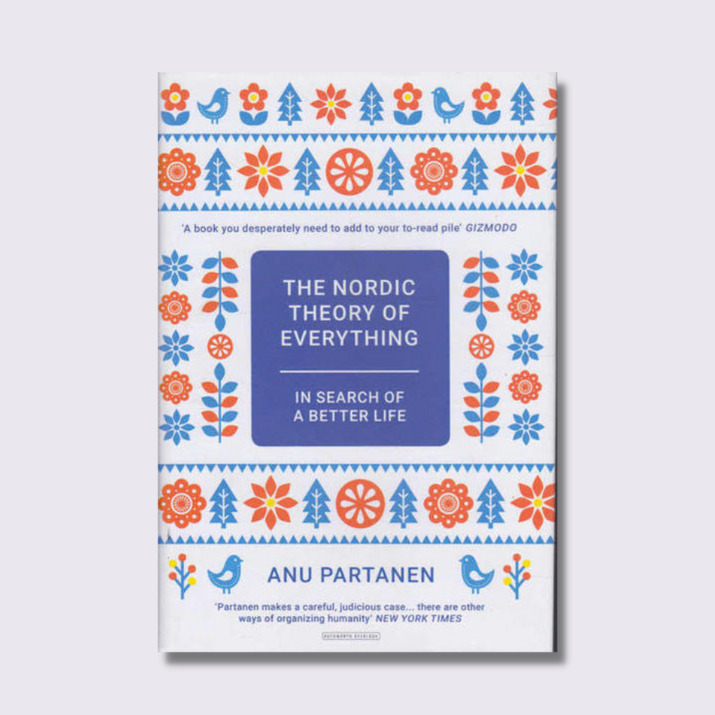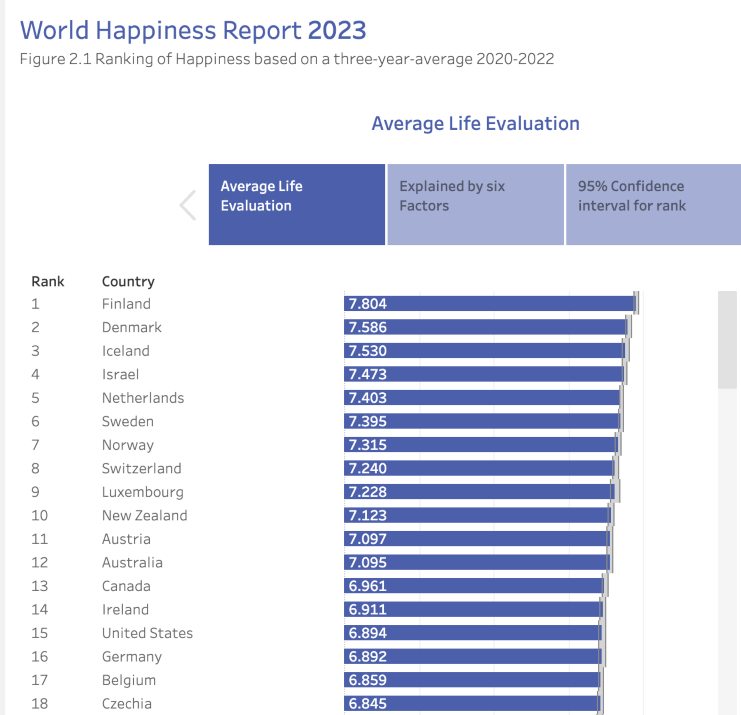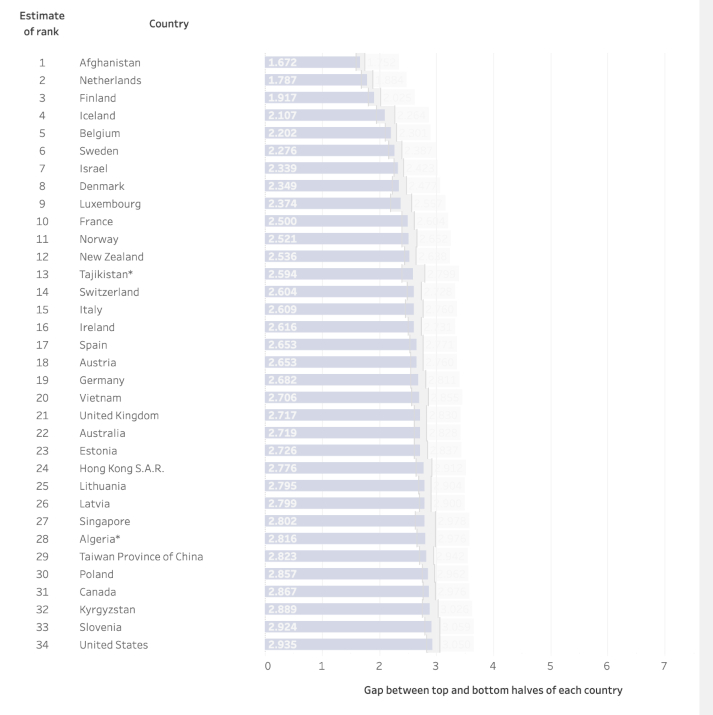
The Nordic Theory of Everything – In Search of a Better Life by Anu Partanen is a non-fiction work that delves into the social, economic, and political systems of the Nordic countries, namely Denmark, Finland, Norway, and Sweden and compares them with those of the United States. Partanen is a Finnish journalist who moved to the United States to be with her partner, and she provides a personal perspective to analyse the key differences between the Nordic and American societies.
It is interesting reading the book and not being a citizen of either a Nordic country or the USA. At a guess, I think Australia lies somewhere in the middle between the two countries at the moment but my fear is that we are moving more toward the US approach to government and I think that will be to Australia’s detriment.
Throughout the book, Partanen explores various aspects of life, including healthcare, education, childcare, parental leave, work-life balance, social welfare, and taxes. She argues that the Nordic model, which prioritises equality, trust, and social cohesion, provides a better quality of life for its citizens than the American model, which places more emphasis on individualism, competition, and a smaller government.
To support her arguments, Partanen uses research, statistics, and personal anecdotes, drawing attention to the challenges faced by American families and the benefits of Nordic policies. I think there could be fewer personal anecdotes included in the book. The book is quite long (over 400 pages) and sometimes the personal anecdotes simply repeat what has already been said.
Partanen also goes into the cultural differences that underlie the Nordic model, such as the importance of social trust and the willingness to pay higher taxes for public goods. It is not just Partanen’s opinion that the Nordic model is better for its citizens but there are many metrics that show this to be the case too:
- The Nordic model is known for its strong social safety net, which provides universal access to healthcare, education, and other essential services. In contrast, the US has one of the highest rates of income inequality in the developed world.
- Nordic countries also tend to have lower levels of poverty and crime than the US, which the book attributes in part to the high levels of social trust and cooperation that are fostered by the Nordic welfare state.
- Nordic countries consistently rank higher than the US in various measures of well-being, including happiness, health, and work-life balance.

In the last week or so the World Happiness Report for 2023 has been released and it once again had the Nordic countries significantly higher than the USA (and Australia too). But the figures which I think are more interesting are seen in the happiness gap data. With this data they are looking at the size of the happiness gap between the more and less happy halves of the population, ranking from the smallest to the largest gap.

The Nordic countries are in the top 11 with the smallest happiness gap but USA comes in at 34th (Australia comes in at 22nd). Ultimately this means that there are some very happy people in the USA and many very unhappy people which can be linked to the income inequality that Partanen mentions. You may have noted that first on the smallest happiness gap is Afghanistan and that is unfortunately because as a country it is overall very unhappy (it comes last at 137th).
Here some quotes from The Nordic Theory of Everything that I thought offered very insightful observations about American society:
- “In the United States, we often equate freedom with individualism and the pursuit of self-interest, but the Nordic countries have shown that freedom can also mean collective responsibility and the pursuit of the common good.”
- “The American approach to social welfare is based on the idea that individuals should be responsible for their own well-being, while the Nordic model emphasizes the role of government in supporting its citizens.”
- “The American emphasis on competition and individual achievement can lead to a society that is divided and unequal, while the Nordic focus on social trust and cooperation promotes greater equality and solidarity.”
- “In the United States, the high cost of healthcare and education can be a burden for families, while in the Nordic countries these basic necessities are considered a right and are accessible to all.”
- “The American work culture often values long hours and dedication to the job over work-life balance, while in the Nordic countries, a healthy balance between work and family life is prioritized and seen as essential for the well-being of individuals and society as a whole.”
The Nordic Theory of Everything challenges readers to rethink their assumptions about the role of government and the value of social welfare programs in creating a better society. I would love to see the Australian government take a more Nordic approach to the way it manages the country.
If you would like to read more book reviews from me click here!
Have you read The Nordic Theory of Everything?
Some links in this post are affiliate links, which means at no extra cost to you, making purchases through them helps support this site. Thank you!
